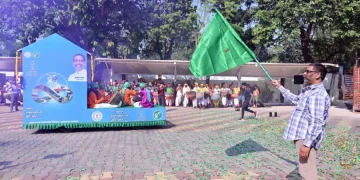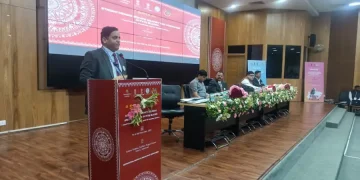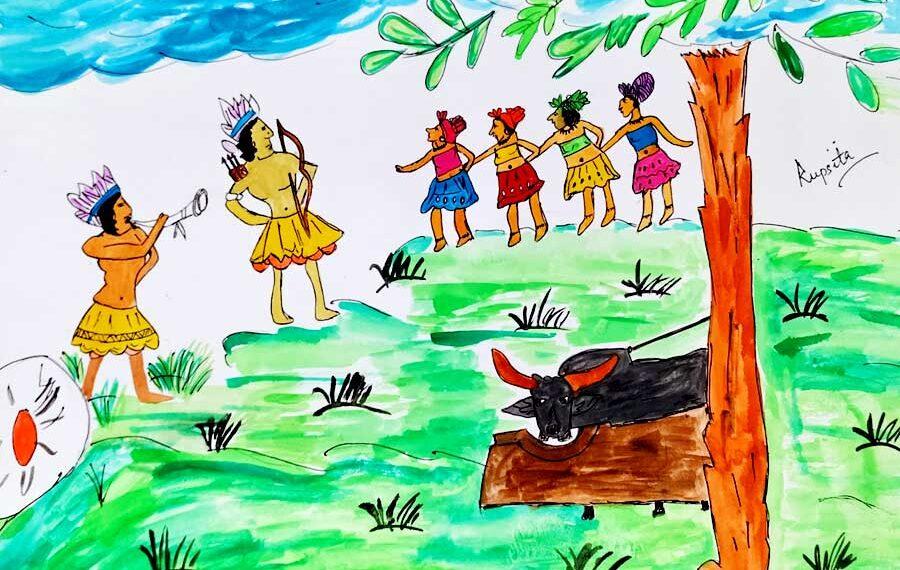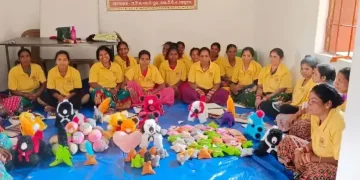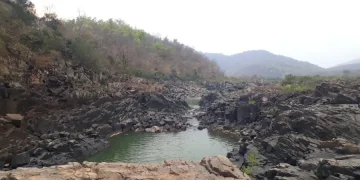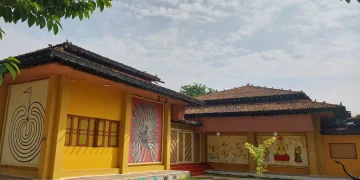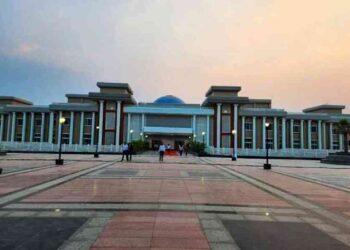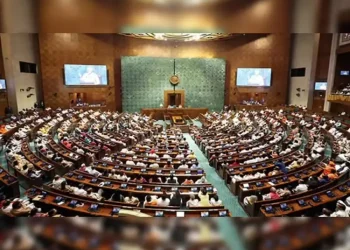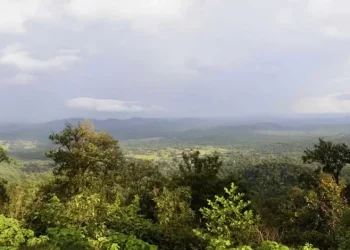The age-old Jhagadi Parva or Kedu Parva of the Odia Kondhs signifies the appeasement of mother earth for the welfare of the village. It was earlier marked by human sacrifice, but that ritual has long since been replaced by the buffalo.
Jhagadi Parva is held in certain pockets of Kandhamal district in April-May. “It is observed for a bumper harvest, peace and prosperity, health and hygiene,” says Akhaya Kumar Karna, president of Paramparika Lok Kalakar Sangha and vice-president of Kala Sanskruti Sangha of Kandhamal.
People of several villages congregate at the site of the Meria Khunta, a sacred pillar made from sal wood, to mark the three-day Baisakh festival. A buffalo is sacrificed on the second day
People of several villages congregate at the site of the Meria Khunta, a sacred pillar made from sal wood, to mark the three-day Baisakh festival.
On the first day, the priest performs rituals on site. On the second day, a buffalo is sacrificed. “Human sacrifice was done in ancient times. Later, podha (buffalo) sacrifice came into vogue,” says Karna.
Festivities mark the third day of Jhagadi Parva. Armed with axes, bows and arrows and other traditional tribal weapons, men swing to the beats of the dhol, mahuri, changu and singha. They wear new gaji, a coarse khadi-type cloth, around their waists. The women wear similar two-piece garments.
“Jhagadi dance shows up only sporadically now, since the festival has lost much of its charm,” says Karna.
Mahuli, a local liquor, and buffalo meat delicacies are typical of Jhagadi.






